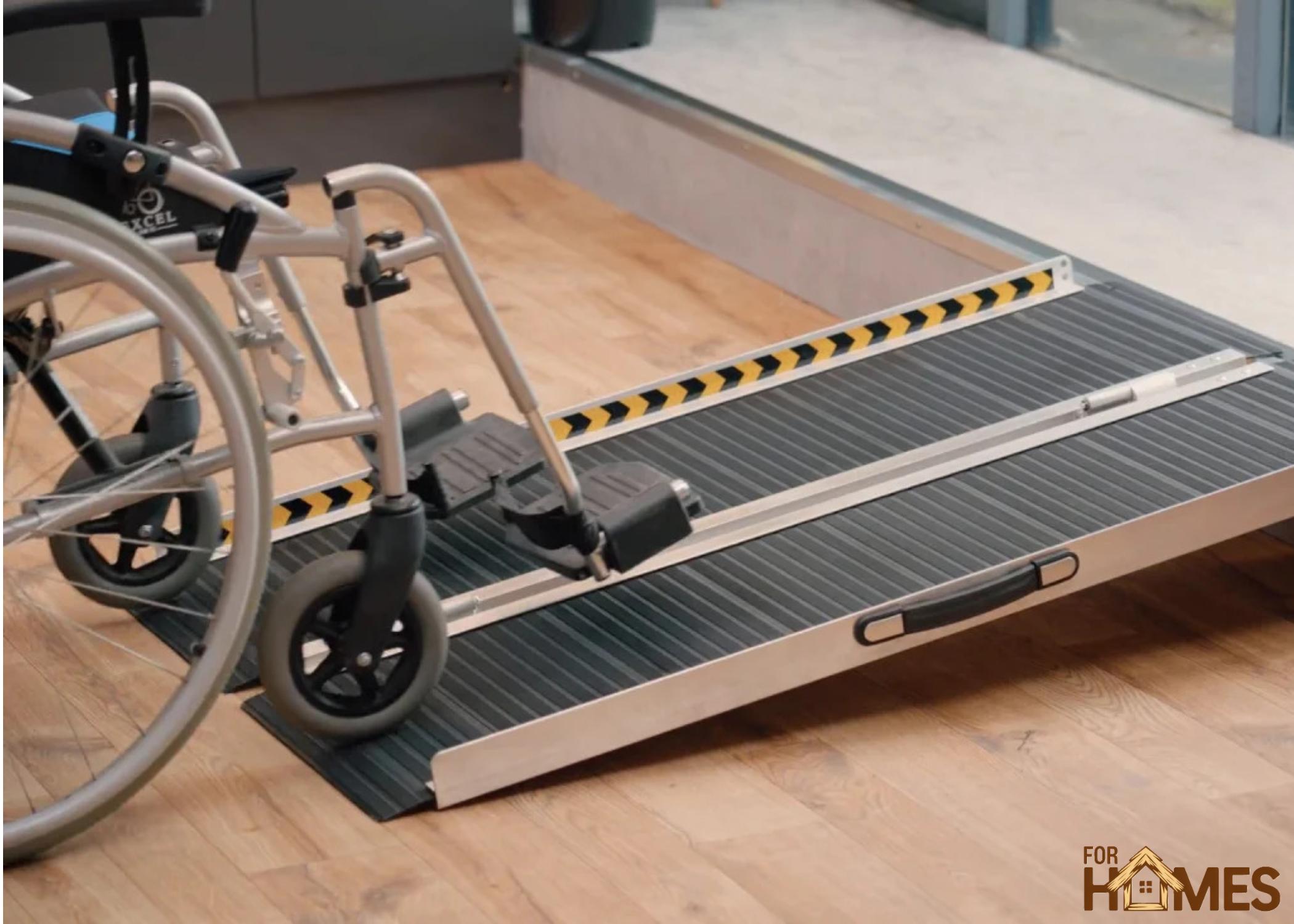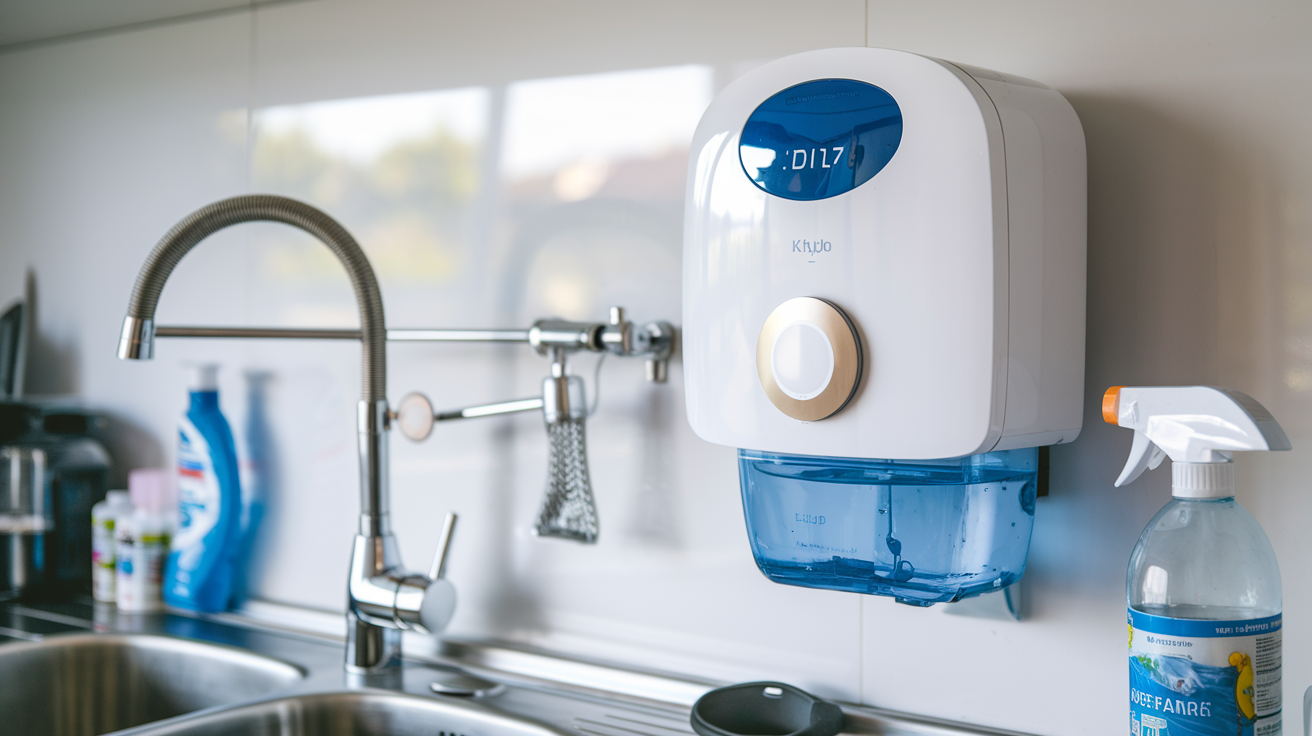Creating an accessible home environment is crucial for individuals with mobility challenges. One essential aspect of accessibility is the installation of wheelchair ramps for homes. These ramps provide easy access to doorways, porches, and other elevated areas, ensuring safety and independence for people with disabilities.
In this guide, we’ll explore the different types of ramps, factors to consider when installing handicap ramps for homes, and tips for selecting the best wheelchair ramp for your home.
Why Install Wheelchair Ramps for Homes?
Accessibility is key for individuals using wheelchairs or other mobility devices. Installing wheelchair ramps for homes ensures that entryways, patios, and gardens are accessible. Whether you’re looking to improve access for yourself, a family member, or a guest, a ramp can significantly enhance mobility.
Benefits of Wheelchair Ramps
- Improved safety:
Ramps eliminate the risk of accidents caused by uneven surfaces, staircases, or inclines. - Increased independence:
With a wheelchair ramp for home, individuals can access different parts of the house without assistance. - Enhanced accessibility:
Ramps can also help those using walkers, canes, or strollers.
Types of Wheelchair Ramps for Homes
When choosing a wheelchair ramp for home, it’s important to consider various materials and designs. Here are the most common types:
1. Permanent Ramps
Permanent ramps are a long-term solution for home ramps for wheelchairs. They are often built from concrete or wood and become a fixed part of the home structure. Ideal for homes where accessibility is a permanent need.


Key Features:
- Durability: Permanent ramps are designed to withstand weather and heavy usage.
- Customization: These ramps can be customized to fit the specific layout of your home.
- Cost: They may be more expensive due to materials and labor costs.
2. Portable Ramps
If you need a ramp that can be easily moved or stored, portable ramps are a great option. These lightweight ramps are typically made from aluminum, making them easy to transport and set up.


Key Features:
- Versatility: Portable ramps can be used both inside and outside the home.
- Affordability: They are usually less expensive than permanent ramps.
- Adjustable length: Some portable ramps are adjustable, making them suitable for various heights.
3. Threshold Ramps
Threshold ramps are smaller ramps designed to help people navigate small height differences, such as doorways or sliding glass doors.


Key Features:
- Compact size: These ramps are perfect for minor inclines.
- Affordability: Threshold ramps are often a low-cost solution for indoor use.
- Ease of installation: They can be easily placed and removed without the need for professional installation.
4. Modular Ramps
Modular ramps are semi-permanent ramps that can be assembled and disassembled as needed. These ramps are a great choice if you need a temporary solution but want the stability of a permanent ramp.


Key Features:
- Flexibility: Modular ramps can be adjusted or relocated as necessary.
- Strength: They offer a sturdy, reliable surface.
- Customization: Like permanent ramps, they can be customized to suit your home’s layout.
Interesting: Best Funktion One Speakers For Home
Materials for Handicap Ramps for Homes
The material of your handicap ramp for home can impact its durability, safety, and appearance. Here are the most popular materials used in wheelchair ramps for homes:

1. Aluminum Handicap Ramps for Homes
Popular choice for both permanent and portable ramps is aluminum. Aluminum handicap ramps for homes are lightweight, corrosion-resistant, and low maintenance.
- Advantages: Lightweight, weather-resistant, and durable.
- Disadvantages: Not as aesthetically pleasing as wooden or concrete ramps.
2. Wood Ramps
Wood ramps offer a more natural look and can be customized to match the design of your home. However, they require regular maintenance to prevent wear and tear.
- Advantages: Aesthetic appeal and customizable.
- Disadvantages: Requires more maintenance and can be slippery when wet.
3. Metal Ramps for Homes
Metal ramps provide a durable solution, especially for outdoor use. They are generally made from steel or aluminum and can withstand heavy usage.
- Advantages: Strong and durable.
- Disadvantages: Can be prone to rust if not properly maintained.
Key Considerations When Choosing a Wheelchair Ramp for Home
Selecting the right wheelchair ramp for home involves more than just picking a design. Here are key factors to keep in mind:

1. Ramp Slope
The slope of the ramp is crucial for safety. The general recommendation is a 1:12 slope ratio, meaning one inch of rise for every 12 inches of ramp length.
2. Weight Capacity
Ensure that the ramp can support the combined weight of the user and the wheelchair or scooter. Most ramps for wheelchairs at home have weight limits clearly specified.
3. Surface Material
Opt for non-slip surfaces to prevent accidents, especially during wet or icy conditions. Aluminum and metal ramps often come with textured surfaces to increase traction.
4. Location
Consider where the ramp will be placed. Outdoor ramps need to be weather-resistant, while indoor ramps can prioritize aesthetics.
Installing wheelchair ramps for homes is a practical solution for improving accessibility and safety for individuals with mobility challenges. Whether you choose a permanent, portable, or modular ramp, selecting the right design and material is key. By considering factors like slope, weight capacity, and surface material, you can ensure that your home remains accessible and comfortable for everyone.
Frequently Asked Questions (FAQs)
The best material depends on your needs. Aluminum handicap ramps for homes are durable and low-maintenance, while wood ramps offer a more aesthetic appeal.
The best material depends on your needs. Aluminum handicap ramps for homes are durable and low-maintenance, while wood ramps offer a more aesthetic appeal.
In some areas, building permits are required for permanent ramp installations. It’s essential to check with your local building authority before starting any construction.
You can easily install Portable ramps without any professional help. it is recommended to hire a professional for permanent or modular ramps.
Costs vary based on materials and design. A permanent ramp can cost between $1,000 to $3,000, while portable ramps may range from $100 to $500.


